After decades of experimentation, US scientists achieve ignition in a controlled fusion experiment for the first time.
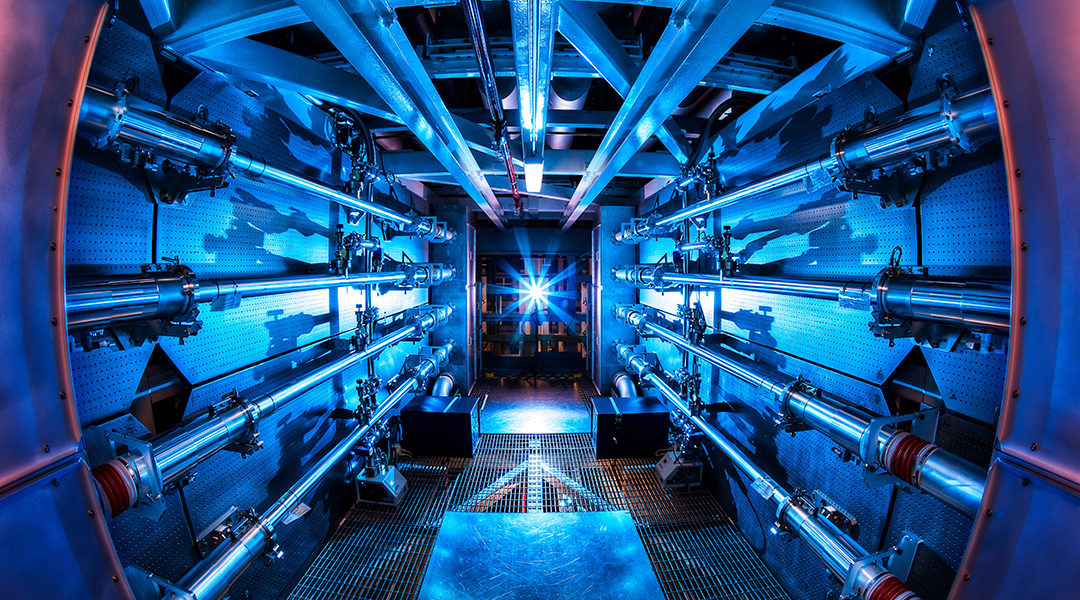

After decades of experimentation, US scientists achieve ignition in a controlled fusion experiment for the first time.
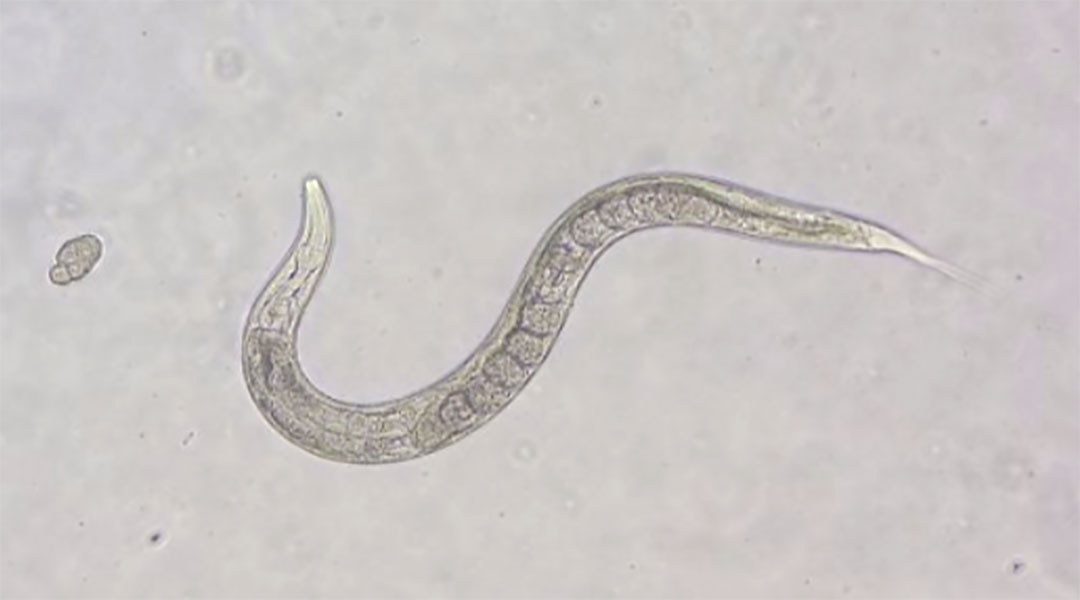
Scientists are turning to C. elegans for biobot designs, guiding their movement through reconfigurable microtopographies.

Conflict between theory and observational evidence suggests a missing ingredient in our understanding of the early Universe.
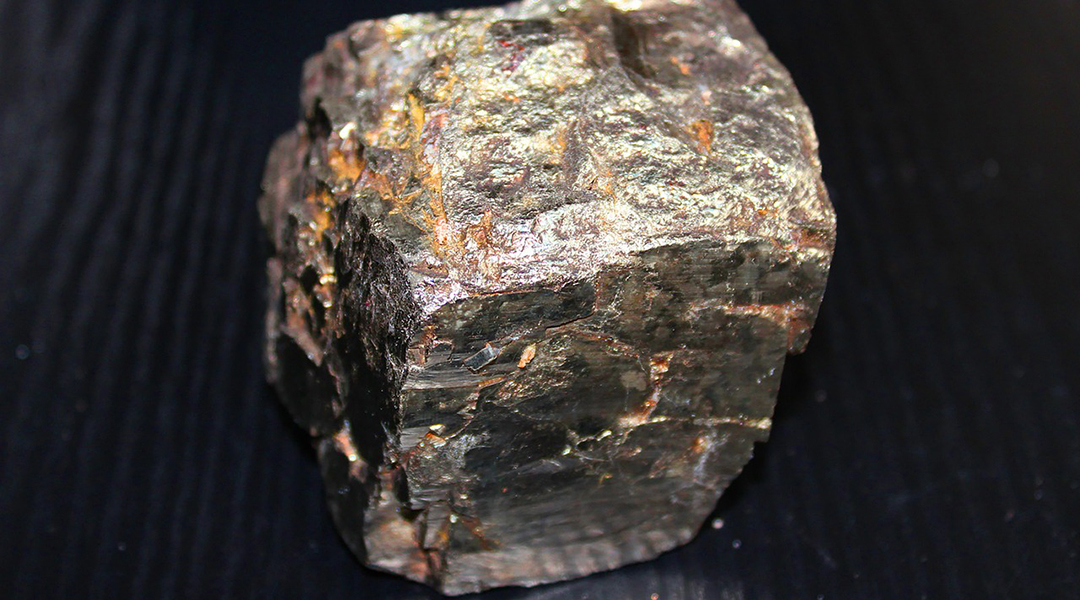
A groundbreaking technique produces tetrataenite, a material used in permanent magnets only found in meteorites.

Scientists put chiral perturbation theory to the test with a set of new experiments that have helped define fundamental properties of protons.
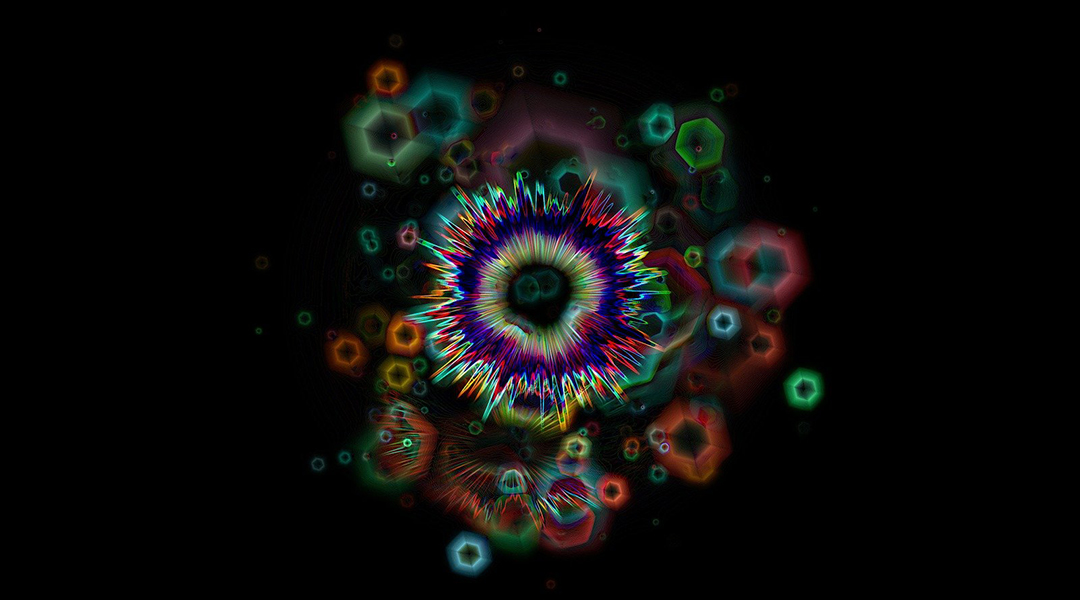
Quantum gravity seeks to describe gravity according to the principles of quantum mechanics, but can it be done?
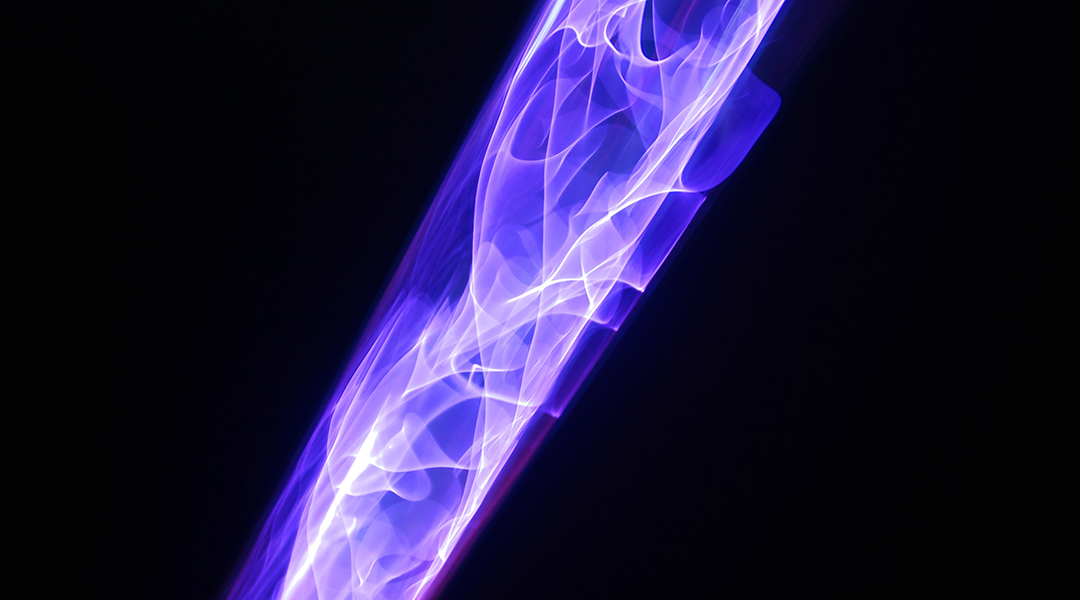
Optimizing plasma instabilities within a nuclear fusion reactor will pave the way for its use as a clean source of perpetual energy.
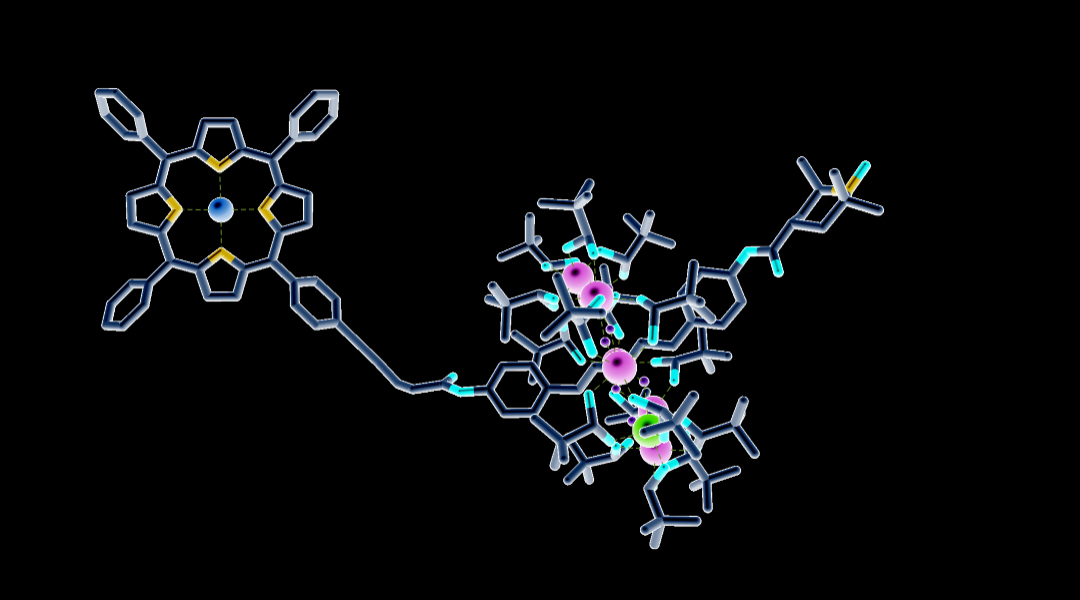
A molecular complex was built to contain three distinct qubits, offering an intriguing architecture for future quantum computers.
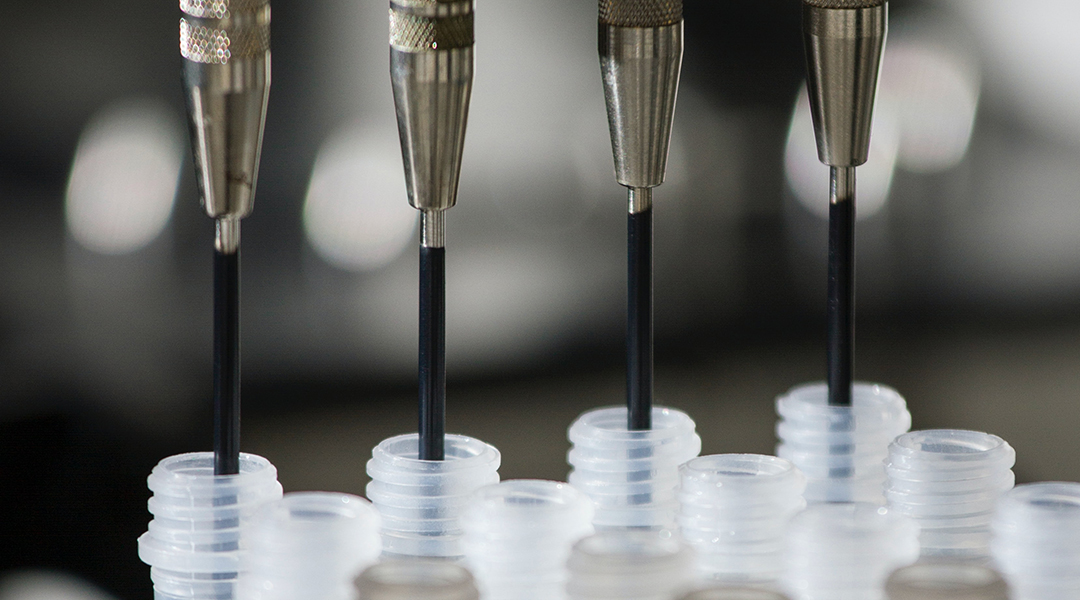
Artificial enzymes could help bring down the manufacturing costs of different medications, making them more available to patients.
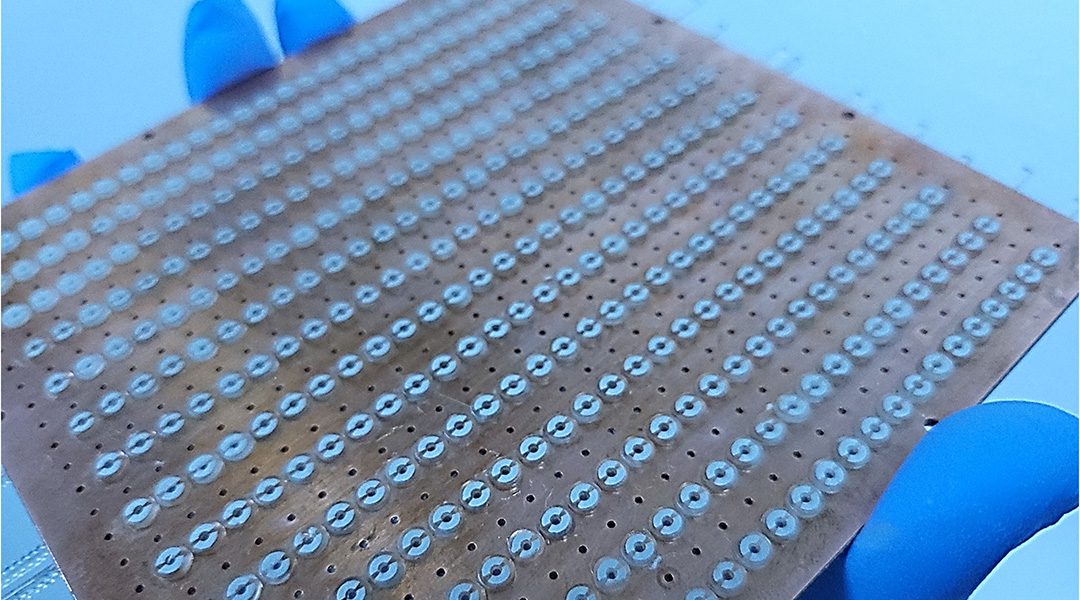
A user-friendly system consisting of units that can direct 5G around obstacles in the home aim to eliminate communication shading areas.